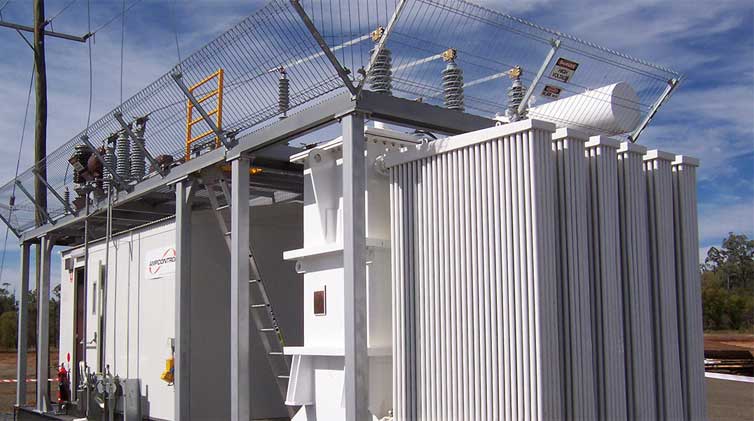How to Use the Overload Capacity of Dry Type Transformers?
The overload capability of dry type transformer
The overload capacity of the dry type transformer is related to the ambient temperature, the load condition before the overload (initial load), the insulation heat dissipation of the transformer, and the heating time constant. If necessary, the overload curve of the dry transformer can be obtained from the manufacturer.Two points for the designer's reference:
(1) When selecting and calculating the transformer capacity, it can be appropriately reduced: fully consider the possibility of short-term impact overload of some steel rolling, welding and other equipment. Try to reduce the transformer capacity by using the strong overload capability of dry type transformers. For some places with uneven load, such as residential areas for night lighting, cultural and recreational facilities, and shopping malls for air conditioning and daylighting. It can make full use of its overload capacity, so that its main running time is full or short-time overload, so that the transformer capacity can be appropriately reduced when calculating and selecting the capacity.(2) It can reduce the spare capacity or the number of units: In some places, the spare coefficient of the transformer is required to be high, which makes the transformer of the project optional and has a large number of units. The overload capacity of the dry type transformer can be compressed when considering its spare capacity. It can also be reduced when determining the number of spare units. For example, when designing the calculation capacity Sjs30=1400kVA, two (not optional) 1000kVA dry-type transformers can be selected. When one of the faults has to be taken out of operation, the other one can take the entire load in an emergency. If the load is heavy and the temperature exceeds 110, the forced air cooling system will automatically input, which can increase the overload capacity to 1.4 to 1.5 times. When the transformer is in overload operation, it is necessary to pay attention to monitoring its operating temperature: if the temperature rises to 155 (there is an alarm), the load shedding (minus some secondary load) should be taken to ensure the safe supply of the main load; When the fault is handled, the transformer that has been shut down should be put into operation immediately to restore the normal operation of the system.
Jump to Content Sections
Leave a Message
You May Also Like
 English
English  français
français  Español
Español  русский
русский  العربية
العربية  tiếng việt
tiếng việt  Malay
Malay  Indonesia
Indonesia  বাঙালি
বাঙালি 

